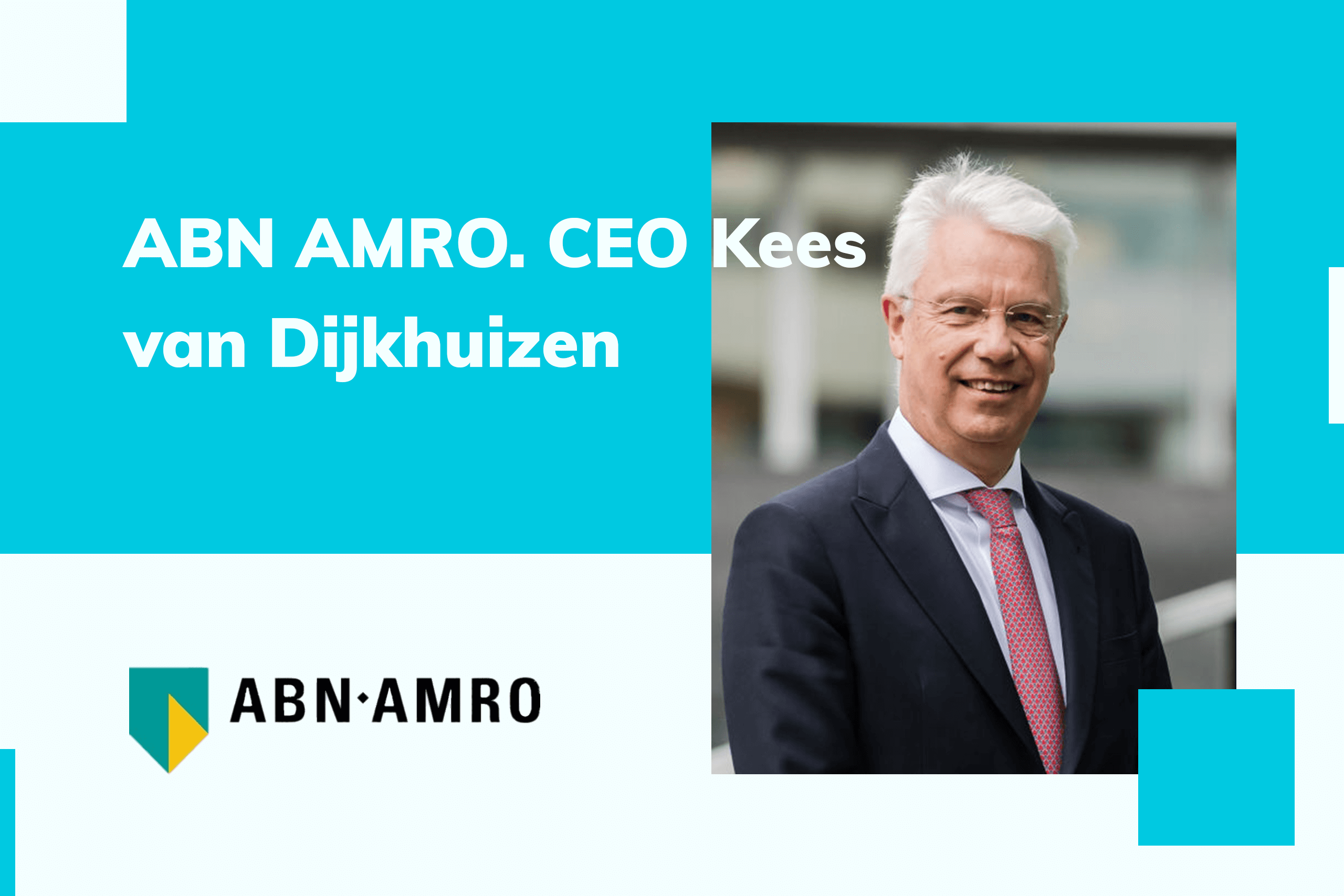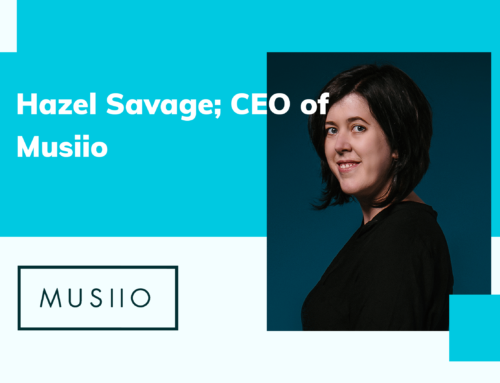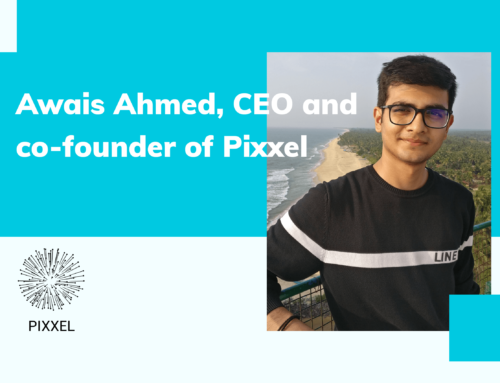It’s been an eventful year for ABN AMRO. CEO Kees van Dijkhuizen talks about the bank’s refreshed strategy, the importance of sustainability and being able to do your banking anywhere, any time.
It’s been three years since the IPO. How is ABN AMRO doing?
“We’re doing very well. We made a lot of promises at the IPO. We’ve kept those promises, even outperformed them. We’re proud of that. The bank is more profitable. We’ve brought down our cost/income ratio. We have a strong capital position. And this year, we have a refreshed strategy and a new purpose – Banking for better, for generations to come.”
In the past, sustainability wasn’t really a priority for banks. What’s changed?
“We spent a lot of time with clients. You don’t need to explain to them how important sustainability is! We have companies that want to change their business models – retail clients who want to make their homes more sustainable. Sustainability is a business opportunity for us. We won’t be the only bank doing this – but we do want to be a front runner. And, importantly, there’s strong support for this from employees. Ninety-three percent say they want to build a sustainable bank. The fact is, we can’t do this if we don’t have committed staff.”
This idea of ‘Banking for better’ isn’t just about sustainability, is it?
“No, it’s not. It’s also about being there for our clients. Look at the work our financial coaches are doing, for example. We have 38 of these coaches; they work directly with retail clients who are in debt or financial difficulty – to help them with digital banking and to get their finances in order. That’s also ‘Banking for better’.”
How are you approaching open banking?
“With open banking, I don’t want other companies coming to our clients and saying, ‘look, we can do this better than your bank’. We should be developing our own products, like Tikkie. And also engaging with new partners to see how we can work together. We should think more in terms of ‘customer journeys’. What does it take to open a new business, for example? Or buy a home? What steps are there? At the moment, maybe we’re involved in two or three of those steps. Why can’t we be involved in more?”
Banking these days is increasingly done digitally. What are the developments here?
“We are investing in our digital proposition. Take mortgages – two-thirds now is done online or by video calls. You can see your advisor in the evening or at weekends. For clients, it’s easy – and much quicker. We’re also giving clients the opportunity to use ‘wearables’ – so they can pay, for example, with a watch or a ring. With all apps, it really is like having ‘a bank in your pocket’. And our big advantage is we can help clients protect their data at the same time. This is about trust – these days, privacy and trust are the bank’s crown jewels.”
With digitalisation, what’s the effect on employees?
“The workplace is changing. Within ABN AMRO, we’re working in a much more agile way. And we’re helping employees progress and develop – and learn new skills. Unfortunately, because of digitalisation, we need fewer people in our branches and offices. For those affected, we try to find positions elsewhere in the bank – it’s not always possible. We hope that if people do leave, wherever they go, they become ambassadors for ABN AMRO.”
With low interest rates and volatile markets, where do you see growth coming from?
“We’ve had low interest rates for some time. Once rates normalise, we’ll see moderate growth return – certainly in our mortgage business and in Commercial Banking, both in and outside of the Netherlands.”
And in your Corporate & Institutional Bank?
“In CIB, we are refocusing our business – to make sure it’s profitable and can grow again. To do that, we’ll concentrate on specific sectors – where we can be a leading player. Clearing is a good example – globally, we’re consistently in the top three for clearing. Overall with CIB, as with all our businesses, we’re aiming for a return on equity of at least 10%.”
Mortgages account for nearly 60% of your loan book. You’re not worried this is too much?
“No. In some areas of the Netherlands, it’s true, the housing market is overheated. Overall there’s still a shortage of houses. It’s difficult to build new houses quickly in the Netherlands. We see very few mortgage defaults, and almost no negative equity. Also, more clients now have these low interest rates locked in for twenty years or more. I have to say, these are the best assets on our books. I’m very happy with them.”
How do you look back on 2018?
“It’s definitely been a year of ups and downs. We had some legacy issues, such as interest rate derivatives and cum/ex transactions. And there were changes in our Supervisory Board. I hope, in 2019, we’ll be in calmer waters. Above all, in 2019, we should see our efforts start to bear fruit – and show we are now more client-oriented, more sustainable, with a highly engaged workforce. I thank our staff for their commitment and our clients for their trust in ABN AMRO’.”
Looking at the last employee survey, not all results were positive. How are you addressing that?
“Overall, engagement was up. That’s good news. Client focus, too. We know what the issues are. It’s about not setting priorities, not taking decisions quickly enough. But we will tackle this. Don’t forget the survey took place before we announced the refreshed strategy. With this and the purpose, we’ve given the bank a clear, new direction.”
Read from the original source: Abnamro





Posted by
Marta Hi! I'm Marta, project manager for Luminary Chiefs. Here to help, post and make sure everything looks great for you.